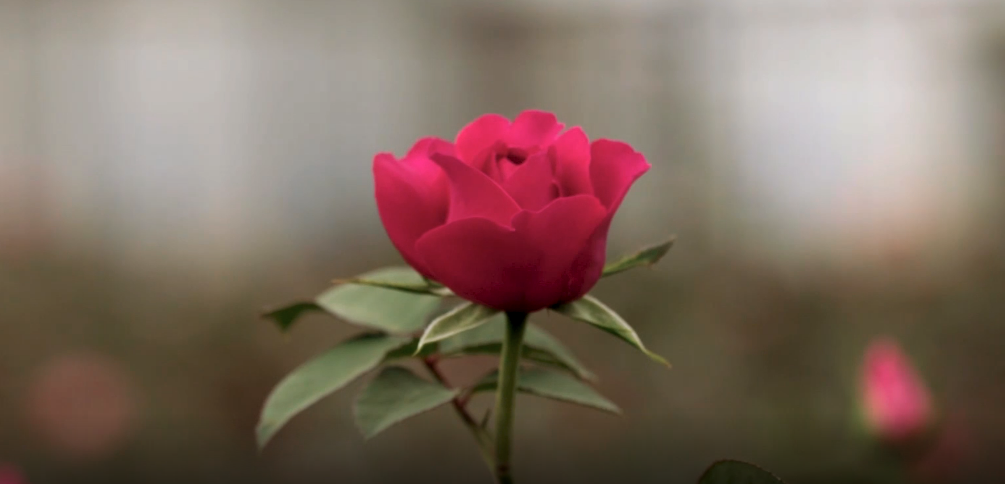
BY JEZ FREDENBURGH
Made On Earth
The story of the world’s trading networks told through eight everyday products
Our love of flowers might seem frivolous, but it drives a worldwide industry worth billions of pounds.
While the Netherlands dominates the trade, countries on the equator are becoming increasingly important as growers.
For more than 200 years, the heart of the global trade in cut flowers has been the Netherlands. The world’s largest global auction for flowers began, famously, in a pub. One trader turned to his peers and asked, how much?
The question was the start of the most dynamic and highly organised trading sites for flowers in the world. Now known as the Royal FloraHolland auction house at Aalsmeer, near Amsterdam, the floor of a cavernous warehouse is home to a giant game of Tetris with living flower stems bustled about on trolleys, to be bought, sold and dispatched.
As it has done for years, Royal FloraHolland still plays a critical role importing and then re-exporting 40% of flowers from all over the world. But newer players in the flower trade are making their presence felt, shifting the dynamics of production. As transport technology develops, producers in regions elsewhere, including sub-Saharan Africa, are challenging the Netherlands’ traditional hold on the industry.
The scale of the global market for cut flowers is large, and increasing. In the UK alone, the market for cut flowers and ornamental plants was worth £1.3 billion in 2018, according to government statistics. Around 90% of these flowers are imported – the vast majority still coming via the Netherlands. In 2015, the global trade in flowers was worth around €15bn (£10.6bn), with stems shuttled between continents with breath-taking speed.
Keeping up with the world’s demand for flowers involves an intricate and delicately balanced supply chain of workers, farmers, wholesalers, airlines, cargo ships, traders, florists and supermarkets. Getting something as delicate as a bunch of flowers from one continent to another without them being crushed or wilting is a daunting technological feat.
Cut flowers have to be transported quickly using a “cold-chain” – a series of refrigerated facilities on farms, lorries, planes, and boats – which put the flowers into a dormant state, so they stay fresh. This allows a rapid transfer from farm to shop within 24-48 hours, if going by plane, says Sylvie Mamias, secretary general of Union Fleurs, the international flower trade association.
Time is critical: for every extra day spent travelling flowers lose 15% of their value. Vase life – the length of time flowers stay fresh after reaching the customer – is then usually 12-15 days, Mamias says.
The biggest buyers of cut flowers are the EU and the US, but the biggest growers and exporters are the Netherlands, Ecuador, Colombia, Kenya and Ethiopia. Roses, carnations and chrysanthemums are the most popular blooms.
In the UK, 80% of cut flowers come via the Netherlands, according to the British Florist Association, although a significant proportion originate in Kenya. Some Kenyan flowers also come straight to the UK on direct flights from Nairobi, where entire terminals at certain airports are dedicated to flights exporting blooms.